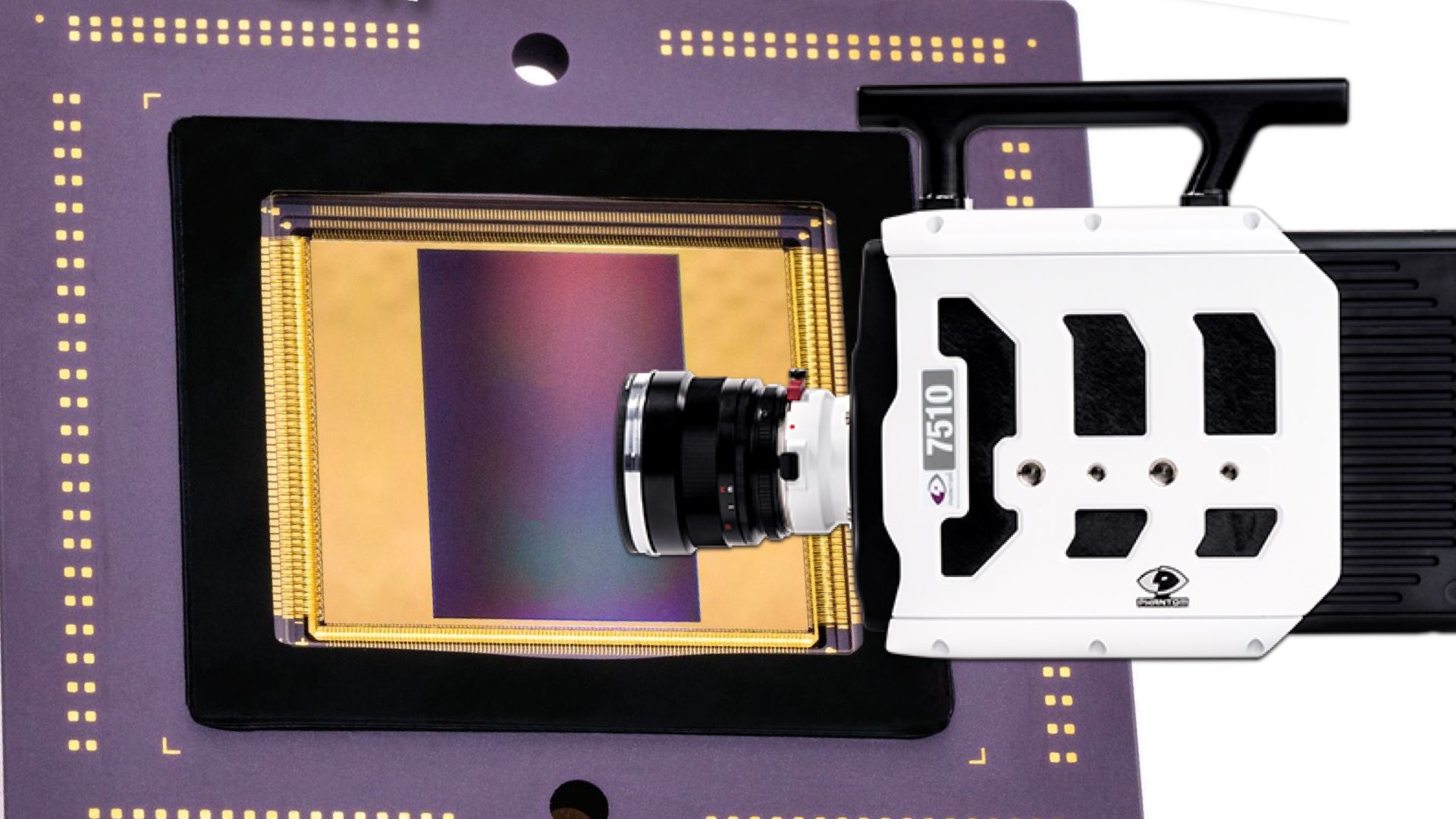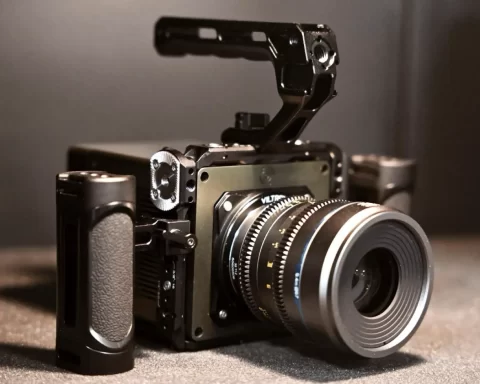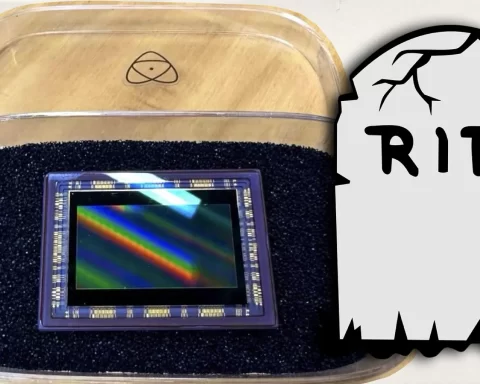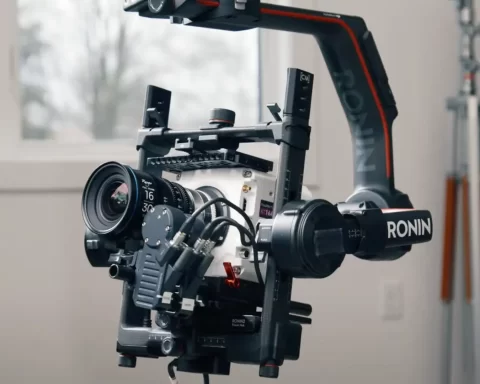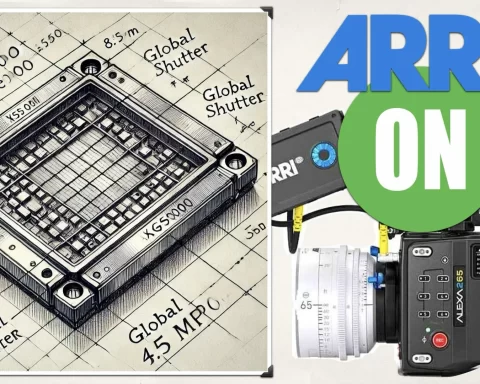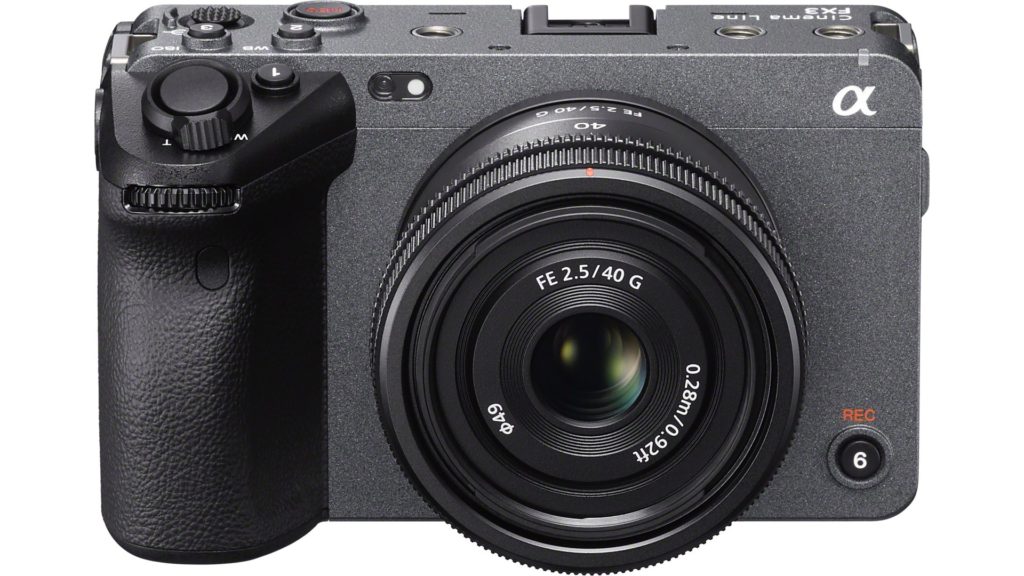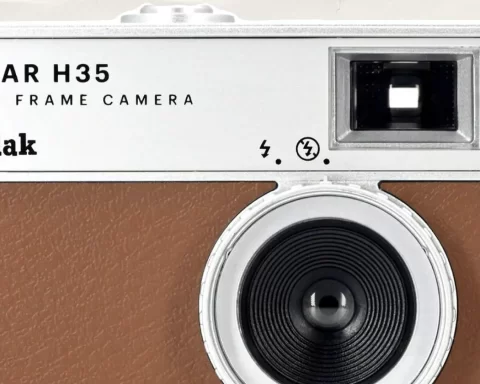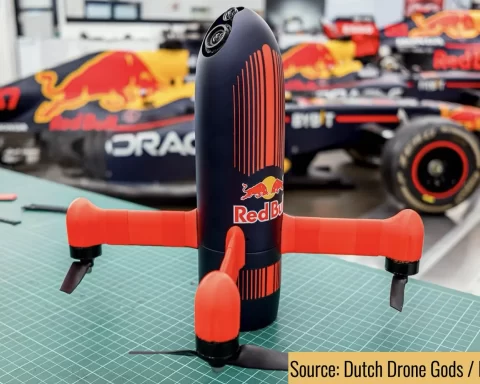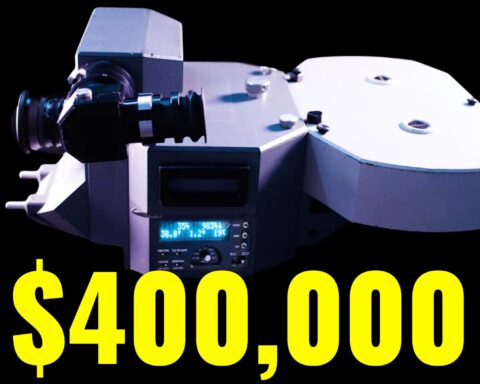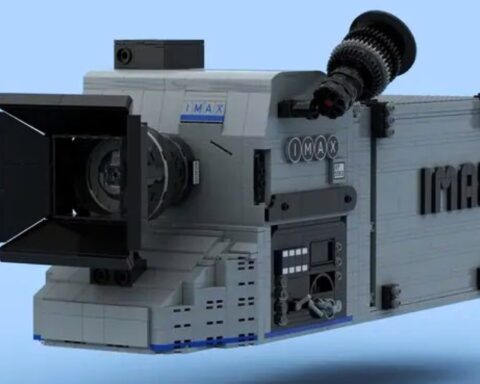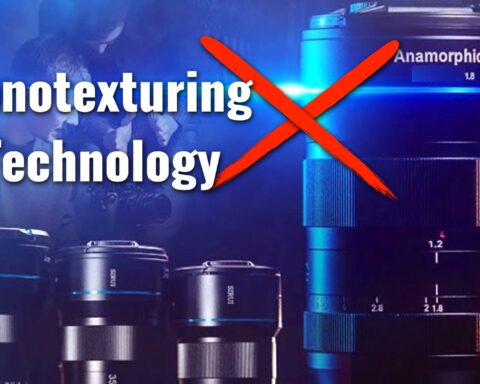The white paper of the newly announced Phantom TMX’s sensor was published by Vision Research. Titled “Understanding How A BSI Sensor Has Advanced High-Speed Imaging”, the document sheds light regarding the efficiency of BSI sensors in achieving ultra-high-speed imaging. Nerdy stuff alert!
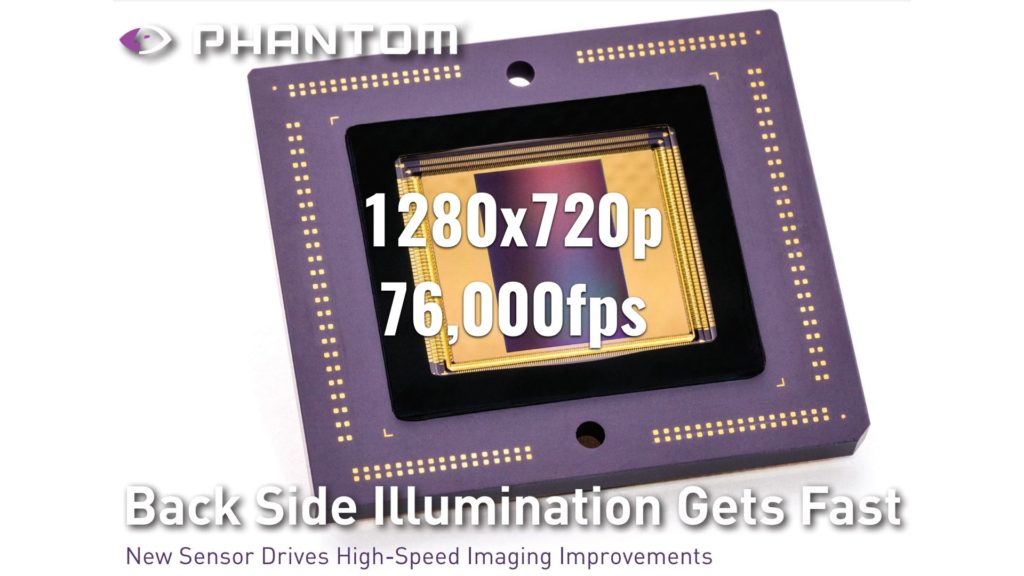
Phantom TMX series: The first with BSI sensor
The new Phantom TMX series was announced by Vision Research at the beginning of this month and consists of two models (7510 and 6410). The TMXs are the world’s only high-speed cameras to utilize BSI (backside illumination) sensor technology. The Phantom TMX cameras are capable of reaching 76,000 fps at a resolution of 1280 x 800. Lower resolutions produce up to 1.75M (Million!) frames per second in FAST mode.
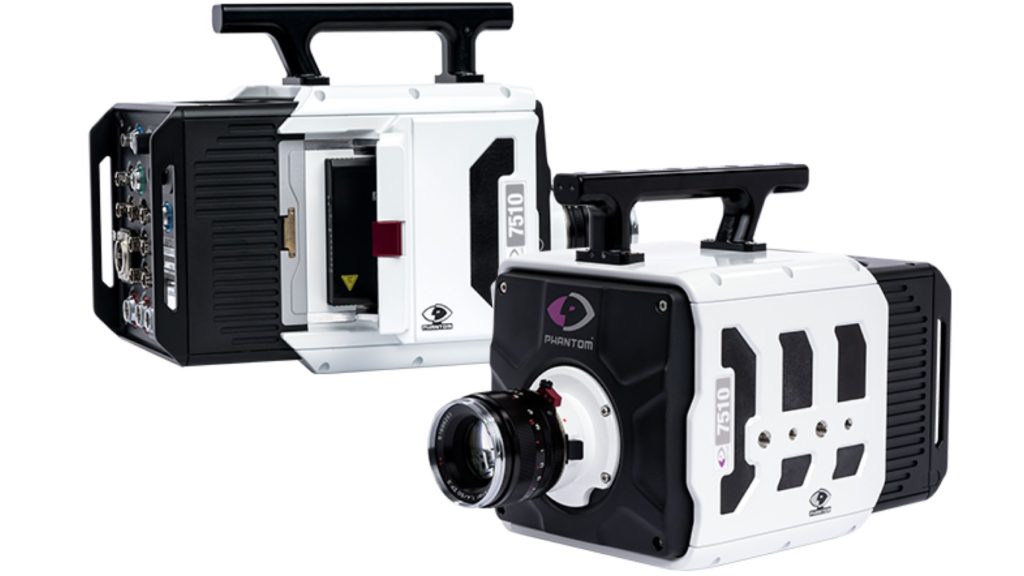
BIS technology
The back-illuminated sensor, also known as the backside illumination (BSI or BI) sensor, is a type of digital image sensor that uses a novel arrangement of the imaging elements to increase the amount of light captured and thereby improve low-light performance. A few days ago, Vision Research published a white paper titled “Understanding How A BSI Sensor Has Advanced High-Speed Imaging”. Unfortunately, the document has been removed from the Vision Research website. However, here’re a few quotes thanks to Image Sensors World:
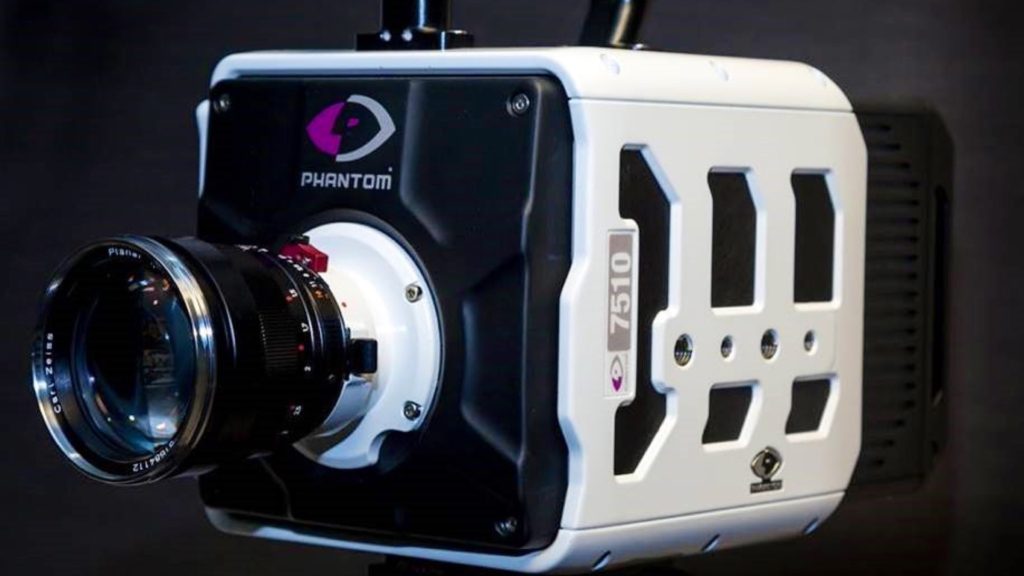
BSI design to enhance ADC efficiency
According to the document: ”Embedding analog-to-digital converters (ADC) on CMOS image sensors is standard practice, but the BSI sensor’s speed required a massive increase in the amount of ADC. While modern CMOS image sensors typically have between 1,000 and 10,000 embedded ADC, the new BSI high-speed sensor has 40,000 ADC, each converting every 523 ns and generating a large amount of data to off-load from the sensor. To accomplish this task, it incorporates 160 high-speed serial outputs operating at greater than 5 Gbps. This technology is common on CPUs and FPGAs but new on a high-speed imaging sensor.
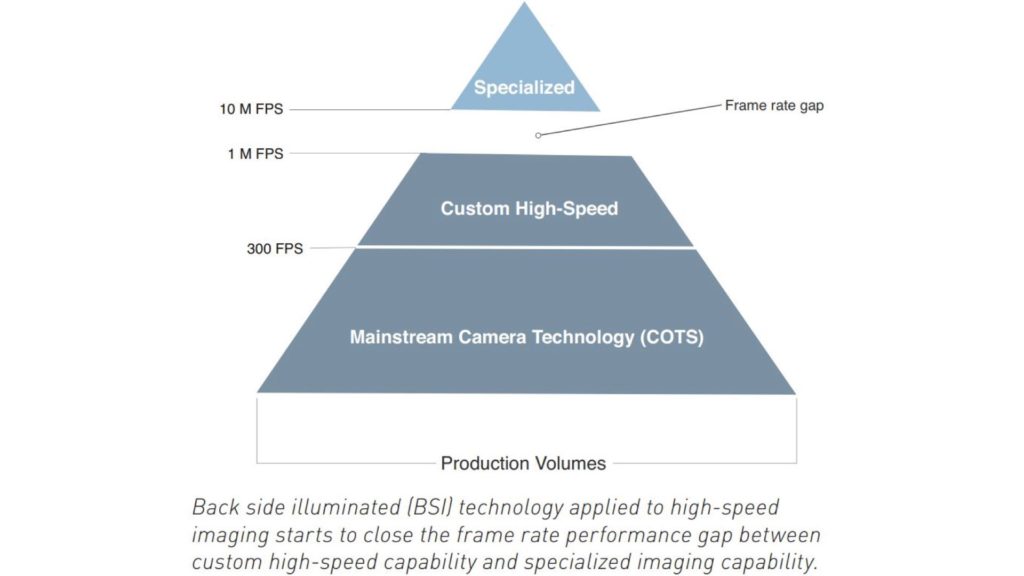
Facilitation of the power management in ultra-high FPS
The white paper indicates that the density of ADC on the new sensor did create power management and electrical crosstalk challenges, which were solved with the help of the design and integrated production partner, Forza Silicon. Also, testing of early designs revealed a higher level of ADC crosstalk in both normal imaging and binning modes than our simulation tools had predicted, causing noticeable artifacts in the images. Forza engineers discovered that the crosstalk exhibited predictable patterns and developed modeling techniques that helped us eliminate the crosstalk altogether, which in turn mitigated imaging artifacts.”
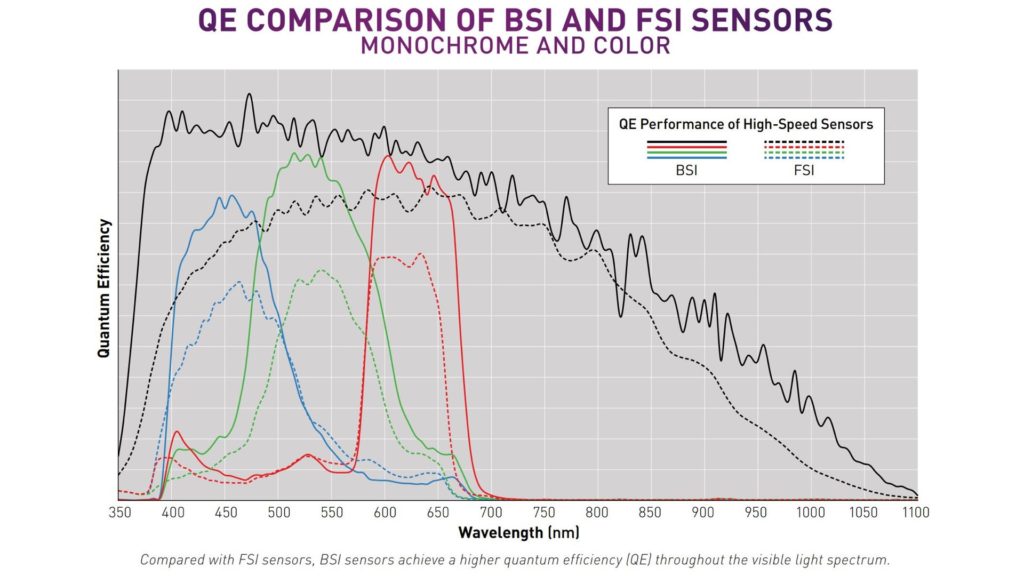
Summary
The Phantom TMX Series is the first high-speed camera to use back-side illuminated (BSI) sensor technology. Other high-speed cameras use Front Side Illuminated (FSI) sensor technology. In BSI sensors, the photodiode is closer in the sensor architecture to the light source, while the metal circuitry of the sensor is behind the photodiode. This architecture provides two main benefits. The first is improved light sensitivity and Quantum Efficiency because the photodiode is closer to a light source and not impeded by metal circuitry. The second is maintained throughput as frame rates increase because the metal behind the photodiode can be redesigned for higher efficiency. Simply said, as frame rates increase, the BSI technology in TMX can offer much larger resolutions than available in cameras with FSI technology.
Let’s sum up all this nerdy stuff with a fascinating demonstration of the Phantom TMX, shooting 90,000 FPS. Check it out below:

